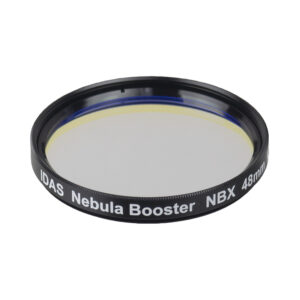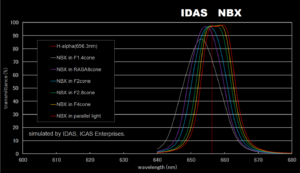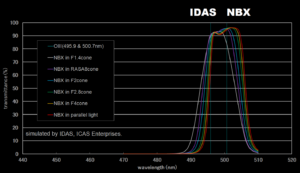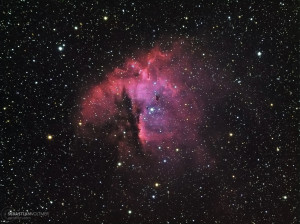The new, ultra-compact MiniCat Astrograph from William Optics is a high-quality photographic machine, consisting of 6 lenses in 2 groups with integrated focuser design (WIFD). The fast focal ratio of f/3.5 allows very short exposure times with the highest image quality and correction – as you would expect from all apochromatic refractors from William Optics. The field of view illuminated by the MiniCat for astrophotography corresponds to that of full-frame cameras.
Due to the very short tube length with the low weight of only 1.67 kg, the MiniCat is a perfect apochromat for traveling and for small photo mounts, such as the iOptron SkyGuider.The Cat series from William Optics has been very popular for many years and rightly so. They are very handy optics for nature and astrophotography. The heart is the optics with Petzval design: Four lenses in three elements ensure a color-corrected and, above all, flat image field. An external flattener is no longer necessary!
The latest “baby” is no exception: With the MiniCat 51 you not only get impressive optical performance, but you can also enjoy the beautiful design and finish from William Optics!






